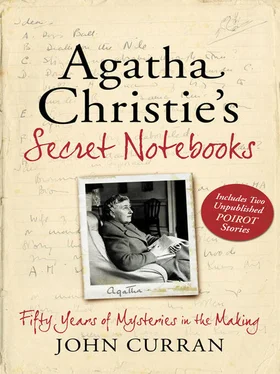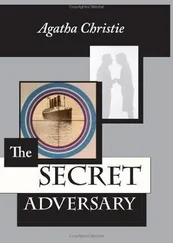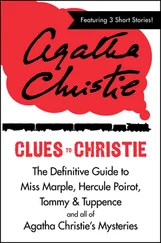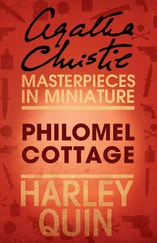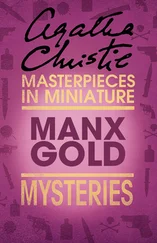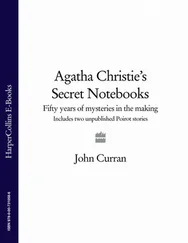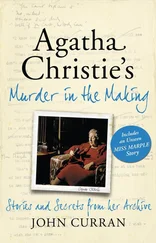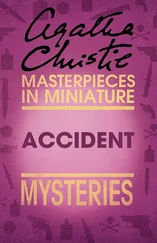Christie’s prose, while by no means distinguished, flows easily, the characters are believable and differentiated, and much of each book is told in dialogue. There are no long-winded scenes of question-and-answer, no detailed scientific explanations, no wordy descriptions of people or places. But there is sufficient of each to fix the scene and its protagonists clearly in the mind. Every chapter, indeed almost every scene, pushes the story on towards a carefully prepared solution and climax. And Poirot does not alienate the reader with either the irritating facetiousness of Dorothy L. Sayers’ Lord Peter Wimsey, the pedantic arrogance of S.S. Van Dine’s Philo Vance or the emotional entanglements of E.C. Bentley’s Philip Trent.
A comparison with almost any other contemporaneous crime title shows what a chasm existed between Christie and other writers, most of them long out of print. As illustration, the appearance of two other detective-story writers also coincided with the publication of The Mysterious Affair at Styles. Freeman Wills Crofts, a Dubliner, published The Cask in 1920 and H.C. Bailey published Call Mr Fortune the previous year. Crofts’ detective, Inspector French, showed painstaking attention in following every lead, and specialised in the unbreakable alibi. However, this very meticulousness militated against an exciting reading experience. H.C. Bailey began his career as a writer of historical fiction but turned to crime fiction and issued his first collection of long short stories, Call Mr. Fortune, featuring his detective, Reginald Fortune, in 1919. The two writers, although skilled plot technicians in both novel and short story form, lacked the vital ingredient of readability. Nowadays their names are known and admired only by aficionados of the genre.
Plotting
Christie’s plotting, coupled with this almost uncanny readability, was to prove, over the next 50 years, a peerless combination. I hope to show, by an examination of her Notebooks, that although this gift for plotting was innate and in profusion, she worked at her ideas, distilling and sharpening and perfecting them, and that even the most inspired titles (e.g. Crooked House, Endless Night, The A.B.C. Murders ) were the result of painstaking planning. The secret of her ingenuity with plot lies in the fact that this dexterity is not daunting. Her solutions turn on everyday information—some names can be male or female, a mirror reflects but it also reverses, a sprawled body is not necessarily a dead body, a forest is the best hiding place for a tree. She knows she can depend on our erroneous interpretation of an eternal triangle, an overheard argument or an illicit liaison. She counts on our received prejudice that retired Army men are harmless buffoons, that quiet, mousy wives are objects of pity, that all policemen are honest and all children innocent. She does not mystify us with the mechanical or technical; or insult us with the clichéd or the obvious; or alienate us with the terrifying or the gruesome.
In almost every Christie title the mise-en-scène features a closed circle of suspects—a strictly limited number of potential murderers from which to choose. A country house, a ship, a train, a plane, an island—all of these provided her with a setting that limits the number of potential killers and ensures that a complete unknown is not unmasked in the last chapter. In effect, Christie says, ‘Here is the flock of suspects from which I will choose my villain. See if you can spot the black sheep.’ It can be as few as four ( Cards on the Table ) or five ( Five Little Pigs ) or as many as the coach full of travellers in Murder on the Orient Express. The Mysterious Affair at Styles is typical of the country-house murders beloved of Golden Age writers and readers—a group of assorted characters sharing an isolated setting long enough for murder to be committed, investigated and solved.
Although an element of the solution in The Mysterious Affair at Styles turns on a scientific fact, it is not unfair as we are told from the outset of the investigation what the poison is. Admittedly, anyone with knowledge of toxicology has a distinct advantage, but the information is readily available. Other than this mildly controversial item, all the information necessary to arrive at the solution is scrupulously given—the coffee cup, the scrap of material, a fire lit during a July heatwave, the medicine bottle. And, of course, it is Poirot’s passion for neatness that gives him the final proof—and in a way that was to be reused, ten years later, in the play Black Coffee. But how many readers will notice that Poirot has to tidy the mantelpiece twice, thereby discovering a vital link in the chain of guilt (Chapters 4 and 5)?
Fairness
Throughout her career Christie specialised in giving her readers the clues necessary to the solution of the crime. She was quite happy to provide the clue, firm in the knowledge that, in the words of her great contemporary R. Austin Freeman, ‘the reader would mislead himself’. After all, how many readers will properly interpret the clue of the calendar in Hercule Poirot’s Christmas, or the fur stole in Death on the Nile, or the love letters in Peril at End House ? Or who will correctly appreciate the significance of the wax flowers in After the Funeral, or Major Palgrave’s glass eye in A Caribbean Mystery, or the telephone call in Lord Edgware Dies, or the beer bottle in Five Little Pigs ?
While not in the same class of ‘surprise solution’ as Murder on the Orient Express, The Murder of Roger Ackroyd or Crooked House, the solution to The Mysterious Affair at Styles still manages to surprise. This is due to the use of one of Christie’s most effective ploys—the double-bluff. It is the first example in her work of this powerful weapon in the detective-story writer’s armoury. Here the most obvious solution, despite an initial appearance of impossibility, transpires to be the correct one after all. In her Autobiography she explains that ‘The whole point of a good detective story was that it must be somebody obvious but at the same time for some reason, you would then find that it was not obvious, that he could not possibly have done it. Though really, of course, he had done it.’ She returned throughout her career to this type of solution; and particularly when the explanation revolves around a murderous alliance— The Murder at the Vicarage, Evil under the Sun, Death on the Nile. Lethal partnerships aside, Lord Edgware Dies and The Hollow also feature this device. And she can take the bluff one step further, as with Ordeal by Innocence and, devastatingly, Witness for the Prosecution.
In The Mysterious Affair at Styles we are satisfied that Alfred Inglethorp is both too obvious and too dislikeable to be the murderer; and, on a more mundane level, he was absent from the house on the night of his wife’s death. So we discount him. As a further strengthening of the double-bluff, part of his plan depends on being suspected, arrested, tried and acquitted, thus ensuring his perpetual freedom. Unless carefully handled this solution runs the risk of producing an anticlimax. Here it is skilfully avoided by uncovering the presence of an unexpected co-conspirator in the person of hearty Evelyn Howard, who, throughout the novel, has denounced her employer’s husband (her unsuspected lover) as a fortune hunter—as indeed he is.
Productivity
Although no one, least of all Christie herself, knew it at the time, The Mysterious Affair at Styles was to be the first in a substantial corpus of books that were to issue from her typewriter over the next 50-odd years. She was equally successful in the novel and the short story form and alone among her contemporaries she also conquered the theatre. She created two famous detectives, a feat not duplicated by other crime writers. During the height of her powers publication could hardly keep pace with creation—1934 saw the publication of no fewer than four crime titles and a Mary Westmacott, the name under which she wrote six non-crime novels published between 1930 and 1956. And this remarkable output is also a factor in her continuing success. It is possible to read a different Christie title every month for almost seven years; and at that stage it is possible to start all over again safe in the knowledge that you will have forgotten the earliest. And it is possible to watch a different Agatha Christie dramatisation every month for two years. Very few writers, in any field, have equalled this record.
Читать дальше
Конец ознакомительного отрывка
Купить книгу
